Intro
There are a lot of urban myths in the outdoor sports world, but one of the most egregious and pervasive is the idea that washing your technical apparel somehow harms it.
We’re not here to mince words — WASHING YOUR APPAREL IS GOOD. Seriously, it is. In basically every single way. Clean apparel performs better, lasts longer, and won’t make your friends pass out when they get into a tent with you. That said, cleaning your technical apparel (e.g., waterproof, down, and DWR-treated garments) can be trickier than your regular clothes, and there are a few important things to know.
In this article, we’re going to go through how to best care for your different types of technical apparel. We’ll then talk a bit about the science behind why clean garments work better. Then we’ll go through specifics on laminated waterproof pieces (e.g., Gore-Tex), down and synthetic insulations, and some of the products we like to use for keeping all those types of apparel clean and performing at their best.
Why Are Clean Garments Better?
Dirt, grime, grease, and general filth all have detrimental effects on your apparel. Although the best practice is to keep your gear from getting dirty in the first place, that’s pretty much impossible when it comes to gear you’re using outside.
There are two main ways that dirt affects the performance of your garment. [Note: In this article, I’ll be using the word “dirt” to refer to most types of general filth.]
First is the idea of “fouling” — specifically fouling DWR (aka, durable water repellent) coatings and waterproof / breathable membranes. Fouling is a general term that basically means “to get dirty”. The principles by which DWR’s and membranes fail are a bit different, so we’ll go through each individually.
DWR coatings are the things responsible for water beading up on the surface of your apparel. They are found on pretty much all waterproof apparel and increasingly on more non-waterproof products like climbing pants, backpacks, and even some casual apparel. DWR’s work on the principle of hydrophobicity, which basically means that certain chemicals naturally repel water (e.g, this is why oil and water don’t mix).
Chemistry Aside:
Water molecules are polar. Each water molecule has an equal number of protons and electrons, which means they technically have no net charge. But due to the electronegativity of Oxygen, the Oxygen atom gets a slightly negative charge, while the Hydrogen atoms get slightly positive charges. This makes the water molecules behave as if they are charged in some situations. Dirt and general filth tend to be made up of charged particles (e.g, sodium ions in sweat). When those charged particles (e.g., dirt / sweat) get stuck in a DWR coating, they act like little magnets for water molecules and allow the water to bypass the coating through what’s known as a “salt bridge,” which is responsible for dirty jackets having poor DWR performance.
TLDR: The more dirt and grime on the DWR, the easier it is for water to get through the DWR.
When it comes to waterproof / breathable membranes like Gore-Tex, eVent, Polartec NeoShell, and basically any proprietary membrane from any other company, things are a bit different. Fouling of the membrane can cause membranes to leak in a similar way to DWR’s, but it requires a relatively large amount of dirt and grime to make the membranes leak because membranes are all paired with added protective treatments / layers that help keep dirt from fouling the actual membrane itself. For eVent, NeoShell, and other air-permeable membranes, regular washing is more critical to keeping the membrane waterproof since they are more porous and easier to clog up (you can learn more about different membranes in our Outerwear 101 and 201 articles).
The primary way that fouling affects membranes has more to do with breathability. Essentially, dirt / grime / oil acts as an additional vapor barrier to breathability. The more crap on your membrane, the less it will breathe. Pretty simple. That said, this loss in breathability tends to be much less noticeable than the loss of water repellency in dirty DWR’s.
Besides fouling, dirt also mechanically degrades apparel. It is abrasive and sometimes chemically corrosive. All those little dirt specs wedged between the fibers of your apparel will noticeably increase the wear rate of the garment. The cleaner you keep your apparel, the longer it will last.
Why are we afraid to wash our gear?
The fear of washing gear in the outdoor world is pretty widespread, but often unfounded. I’m sure you’ve heard a “friend” say something like “I’m not going to wash my jacket, I don’t want to ruin it!” Or something like “my sleeping bag smells like a dead cat, but I’m definitely not washing it.” [insert green-faced puking emoji]
I think the fear of washing garments in the outdoor industry at least partially stems from the fact that DWR “quality” is commonly measured by how effective the DWR is after a certain number of washings. You may have seen tagging that say something like “retains 80% of DWR performance after 20 washings”. This language isn’t as common as it was back in the day, but you can still find it around the industry.
Statements like that make it sound like washing a garment is the thing that makes it wear out. And while, yes, washing a DWR-treated garment will slightly degrade the DWR, in almost all cases, DWR performance will improve when you remove dirt / grime from the DWR surface by washing the garment.
There are also a ton of great cleaning products that are designed specifically for washing these types of apparel that we didn’t have decades ago, which makes the process much easier and stress-free.
Even more noteworthy than technical shells and apparel is the stigma surrounding down. This one is more intuitive — we all know down loses its loft and warmth when it gets wet, so I can understand people’s apprehension when it comes to tossing their puffy jacket or sleeping bag into a soaking vat of water. But like other technical apparel, down’s performance can suffer if you don’t wash it (more on that below).
Washing Laminated Waterproof Shells and Soft Shells
Laminated shells (e.g., 2L, 2.5L, and 3L waterproof / breathable jackets and pants) and soft shells (e.g., stretch woven, hard-faced jackets and pants w/o membranes) are some of the more complicated garments to keep clean and performing well. There are two main types of products made for this: (1) washes and (2) DWR applications.
Cleaning products are designed to gently wash away dirt and grime without further damaging the DWR coating or the other delicate parts of technical outerwear (e.g., seam tape). Depending on how often you wear your outerwear, cleaning with an outerwear-specific wash (e.g., Nikwax Tech Wash or Defunkify Active Wash) once a season is generally a good idea to keep your apparel performing best. If you use your gear a lot, 2-4 washings a year (or more, as needed) is totally fine.
If you don’t have a specific technical wash on hand, a mild detergent like Woolite is ok to substitute, but you should not use traditional laundry detergents. Traditional, harsh detergents can strip the DWR from your garments and often leave behind hydrophilic residues that attract water and will greatly decrease the performance of your garments. Don’t wash your technical apparel in hot water (warm water is OK) and always use the delicate or hand-wash cycle. I also always close all of the zippers and other closures on my garments to keep them from getting damaged during washing and drying. When it’s time to dry, use a delicate cycle on low heat. Some brands like Gore-Tex also recommend tossing the garments back in the dryer for ~20 minutes after they’re dry to further help “revive” the DWR treatment.
Of course, there are some exceptions. The best practice is to follow the instructions on the label of your detergent, and then double check that those instructions don’t conflict with the care labels on your garments.
Aftermarket DWR applications are designed to revitalize your garments’ existing DWR coating. There are two main types of DWR applications: spray-on and wash-in. For either application, make sure you wash the garment first. The cleaner it is, the better the DWR treatment will work.
I generally prefer the spray-on DWR applications like Nikwax TX.Direct Spray-On. They are a bit of a pain to apply, but you don’t end up with DWR on the lining of the garment, which I prefer since I don’t really want those DWR chemicals against my skin if I can avoid it.
If you’re in a rush, wash-in DWR treatments like Nikwax TX.Direct Wash-In are super easy to use — just follow the instructions on the bottle. None of the DWR applications on the market that we’ve used will return your garment’s DWR back to “new” condition (listen to our GEAR:30 podcast with Nikwax for more on why that’s the case), but they definitely help the cause. The best way to keep your DWR fresh is to keep your garments from getting dirty in the first place.
Washing Down Garments & Sleeping Bags
Dirty down loses its loft (and therefore its warmth) and can smell terrible. Not to mention, most down jackets use DWR-coated shell fabrics that require similar care to other DWR-coated garments. Keeping down jackets and sleeping bags clean is equally important for performance as it is for outerwear.
There are a few down-specific washes on the market. Allied Down’s Down Wash and Nikwax Down Wash Direct are two that we’ve been happy with. Unlike outerwear, I would stay away from using other mild washes as they could potentially strip the down of its natural oils and fats that help protect it and keep the loft high. Whatever down wash you decide to use, follow the instructions on the package closely.
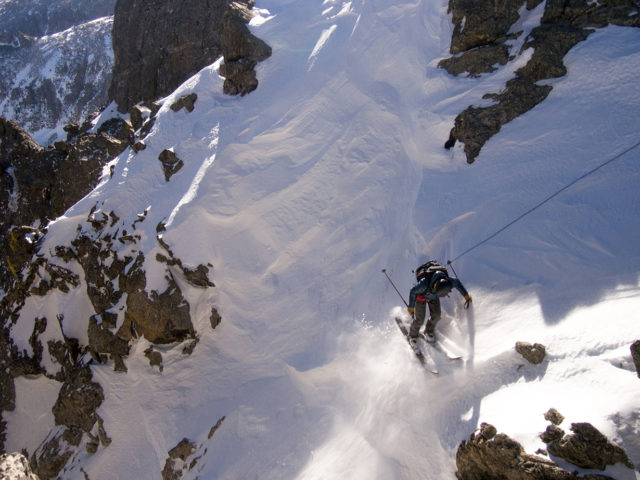
When it comes to drying a down garment / product, again, go with low heat and a delicate cycle. Throwing a few clean tennis balls (or similar items) in the dryer with the down will help break up clumps as the down dries and ensure that your jacket or sleeping bag returns to its full loft.
It can take a long time to dry down garments, so be patient, and don’t be surprised if you need to run several dryer cycles. Even if the exterior fabric of the down piece is dry, that doesn’t mean the down clusters are. So it’s a good idea to check the piece to see how lofty it is. With lightweight down garments and sleeping bags, this can usually be accomplished by holding the piece up to a light, and checking to see if the down clusters are loosely filling the baffles / quilted chambers, or if they’re all clumped together on the bottom of the baffle / chamber. If they’re all still clumped together, throw it back in for another drier cycle.
Down pieces also tend to be a bit more delicate than outerwear, so try to avoid using top-loading washing machines or machines with agitators, if possible.
Washing Garments & Sleeping Bags w/ Synthetic Insulations
Washing synthetic insulations (e.g., PrimaLoft) is a bit less complicated than with down insulation. Synthetic insulations can generally be washed with your laminated and softshell outerwear. So a simple “tech wash” like Nikwax Tech Wash or Defunkify Active Wash will work well. And again, double check the instructions on the detergent and the garment.
Dealing with Odor
Some gear doesn’t lose performance when it gets dirty — it just starts to smell. Things like base layers, boot liners, helmets, and footbeds can be a serious challenge to keep smelling fresh.
There are two products from Defunkify that we’ve been pretty happy with here at Blister when it comes to keeping the funk at bay.
The first is the Defunkify Active Spray. This is a liquid that comes in a spray bottle that can be sprayed on pretty much anything. The only ingredients are water, peppermint oil, rosemary oil, and ionic silver. Silver is a proven bacteria killer and rosemary and peppermint oils smell amazing. Though Active Spray doesn’t completely eliminate foul odors from gear, it makes a serious dent in the smell. Before using Active Spray on my ski boot liners, I couldn’t store my boots in a room without the whole room smelling like feet. After a healthy dose of Active Spray, the boots still smell, but only right after I use them or if I get my nose right up in them.
We’ve also had pretty good luck with Defunkify’s Active Shield Laundry Booster. This wash-in product is designed to help keep your gear smelling better for longer. Or more accurately, increase the time / sweat it takes for your stuff to start smelling really foul.
We’ve treated a ton of stuff with the Laundry Booster, and we’re pretty happy with the results.
After washing with the Laundry Booster, our synthetic ski socks lasted another day or two before stinking to high heaven, and our synthetic baselayers and midlayers lasted even longer.
But the effect was most noticeable on merino wool layers. Wool is already really good when it comes to naturally warding off odor, so it’s a great place to start if odor resistance is a high priority for you. But after treating them with the Laundry Booster, our managing editor, Luke Koppa, says he wore the same merino Trew Lightweight Chill Top and Lightweight Wool Bottoms for over 20 days of skiing without them getting noticeably stinky. Kind of gross, but also kind of awesome. Especially if you like the sound of wearing garments more between washes, which cuts down on water and energy usage.
So while the Defunkify Active Shield Laundry Booster won’t magically give your synthetic garments the odor-fighting characteristics of wool fabrics, it does help a bit when it comes to keeping your clothes smelling better, longer. We think it makes the most sense for long trips when you can’t do laundry often, or for those who use their base layers, socks, etc. really frequently and want to cut down on the loads of laundry they typically do.
Products: Washes for Technical Base Layers, Soft Shells, DWR-coated Garments, and Garments w/ Waterproof / Breathable Laminates:
Nikwax Tech Wash ($9.75, enough for 6-8 garments)
Defunkify Active Wash ($19.99, enough for 68+ garments)
Gear Aid Revivex Pro Cleaner ($9.50, enough for 20 jackets / pants or 5 sleeping bags)
Products: Washes for Down Garments & Sleeping Bags
Nikwax Down Wash Direct ($11.00, enough for 6 garments)
Allied Down Down Wash ($9.99, enough for 6-12 loads, depending on load size)
Products: Aftermarket DWR Treatments:
Nikwax TX.Direct Wash-In ($13, enough for 3 garments)
Nikwax TX.Direct Spray-On ($21.50, enough for 4-8 garments)
Products: Odor Treatments
Defunkify Active Shield Laundry Booster ($19.99, enough for one large load of laundry)
Defunkify Active Spray ($13.99, 16 oz)

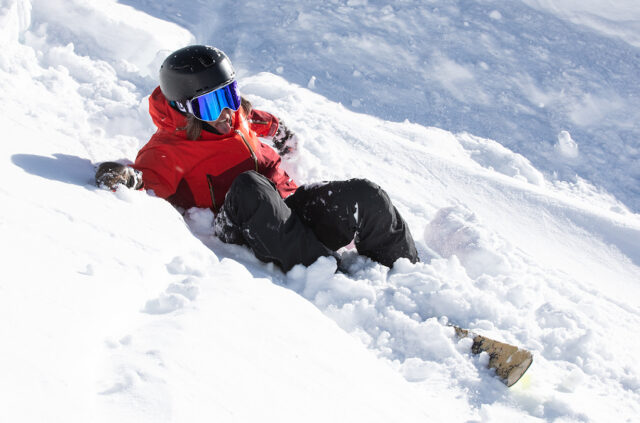
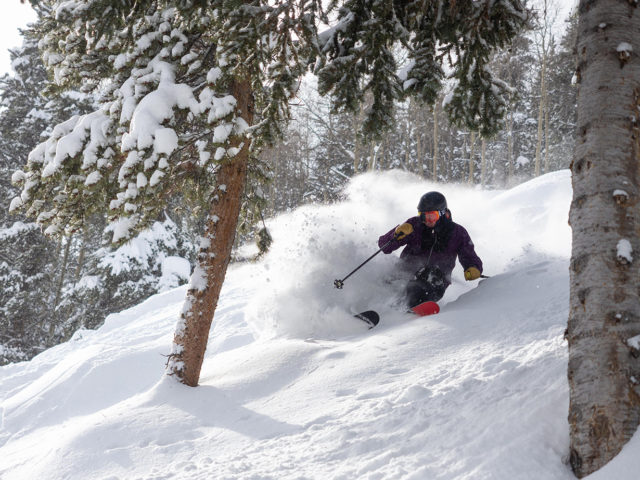
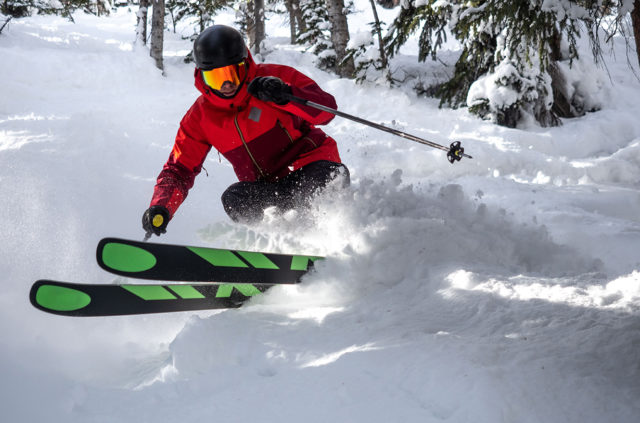
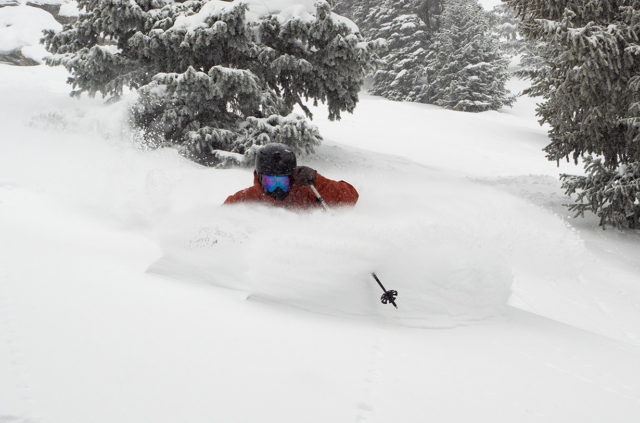
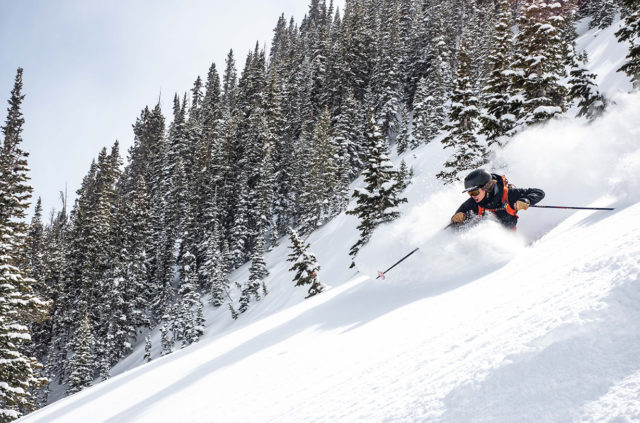
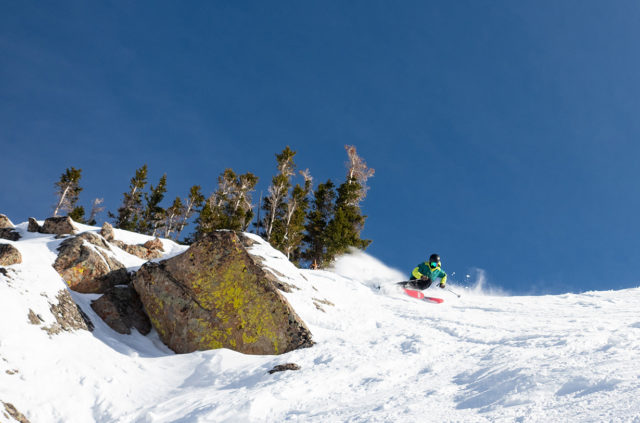
Have you used the defunkify spray on climbing shoes? Does it make the inside of the shoe slippery? I’ve had that experience with some sprays.
Mirazyme/Odor Eliminator is an amazing product that I’ve used on the smelliest, most heinous of outdoor gear… PCT thru hike clothes, backpack, nasty old ski boot liners. When nothing else would work and the odor would always come back with sweat and use, Mirazyme basically eliminated it.
Can’t speak for climbing shoes, but every time I take off my ski boots, I slip these inside: https://www.bedbathandbeyond.com/store/product/moso-natural-air-purifying-bag/3278371?keyword=moso-50-gram-natural-air-purifying-bag-set-of-2
Keeps them dry and eliminates odors.
For washing down, to have it dry better and faster, roll it up in a towel before putting it in the drier. Many people don’t realize that letting down products sit wet for long periods can promote mold growth and fully ruin it. (Don’t wear it in the rain without a shell over it) These vids from Arc’teryx are awesome to show how to Wash and dry down products and Gore-Tex.
https://arcteryx.com/ca/en/help/product-care?intcmp=product-care
What to do when the detergent’s instructions and garments washing instructions conflict?
In my case, the detergent requires a tumble dry, but the garment clearly states not to tumble dry…
Hey Niel,
Often a wash product will ask to tumble dry on low to help revive the DWR. If you have a DWR treated garment, then a little bit of heat will help the DWR come back. Tumble drying can also be a bit mechanically hard on a garment though. If you have to tumble dry, always zip up all zippers and try to avoid hanging cords/pulls. At the end of the day though, putting a technical garment in a dryer is always a bit of a risk.
Hope that helps!
Sam
Tried out the Defunkify Active Wash for the 1st time based on reading this article, and washed a laundry load of shells and synthetic base layers with it. No more smells, and most importantly, no surprises, which is probably the best thing you could say about detergent. Good recommendation!
So, inside out or not for waterproof/breathable and lightly insulated products such as some old TNF Summit Series ski pants? It seems like this type of gear would only get washed and rinsed well on one side or the other.
Any tips on getting a large grease stain out of hardshells? Not sure if the usual Tech Wash will work on something like that
Best way to get stains out of technical shirts?